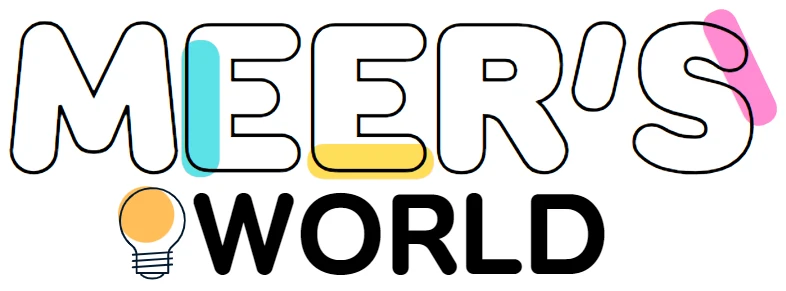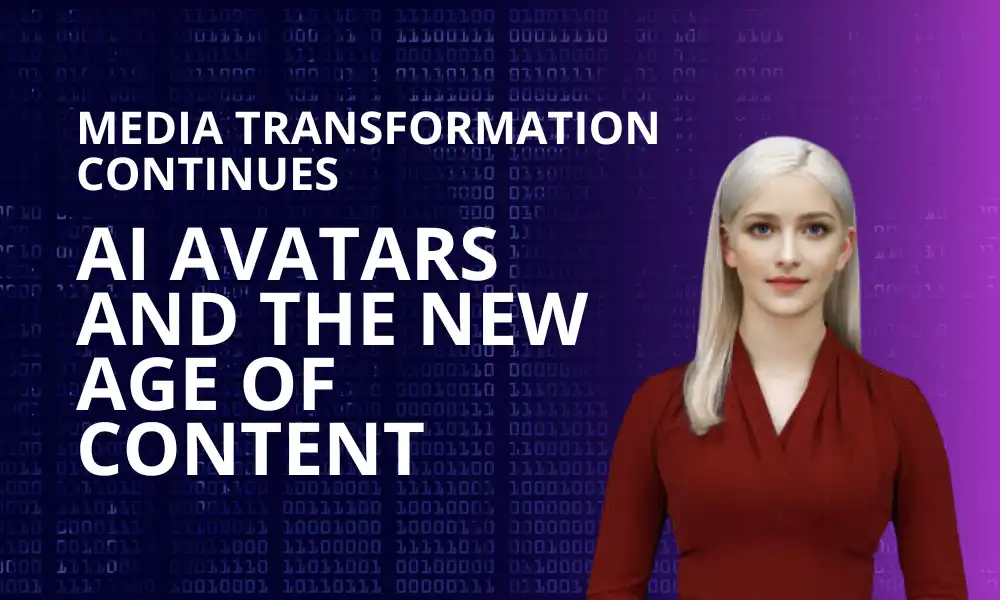The way we get information from the media is always changing. New things like the internet and social media have made it easier for us to share and see content. This gives us more options, but it also brings new problems. Now, a cool technology called artificial intelligence (AI) avatars is coming and it’s going to change how we communicate through media.
The Rise of AI Avatars
AI avatars are like digital characters that can talk and interact with real people. They use smart computer techniques to make them look, sound, and act more like real characters. These AI avatars have some cool advantages:
- Making content better: They use fancy AI methods like computer vision and natural language processing to create more realistic characters in videos or other content.
- Doing things faster and easier: AI avatars can help with the technical and boring parts of making content, like editing or compressing files, which makes the whole process faster and smoother.
- Adding more variety and creativity: With AI avatars, we can have different types of content, like animations, documentaries, comedies, and dramas, making things more interesting and diverse.
Introduction to the role of AI avatars in media transformation
AI avatars play a big part in changing how we communicate through media. They help in making communication more natural by using language and speech. AI avatars not only make current media better but also create new kinds of media that we couldn’t do before. Here are some examples:
- Personalized content: They can give us content that fits what we like, such as personalized news, recommendations, and ads. It’s like getting stuff that matches our interests.
- Interactive content: AI avatars can make content that we can be a part of, like interactive games or stories. It’s more like being involved in what we’re watching or doing.
- Social and emotional content: They create content that connects with us emotionally, like social media or digital friends. It’s about feeling a connection through what we see or talk to online.
How AI Avatars Are Changing Content Creation
AI avatars are changing how traditional content, like movies and shows, is made. They affect the jobs of people like writers, directors, actors, and editors. Here’s how:
- Helping out content creators: AI avatars use smart techniques like understanding language, creating speech, and recognizing emotions. They assist content creators in tasks like coming up with ideas, writing scripts, and planning the story.
- Working together with content creators: AI avatars learn from what content creators do and use that knowledge. They help by suggesting and doing things like creating and editing content.
- Being competition for content creators: AI avatars can make content that looks and feels very real. Sometimes, they can even make content that’s as good as or better than what humans make. This includes things like deepfakes and style transfers. They are like a challenge to human content creators.
DeepBrain AI Avatars and media generation
A super advanced AI avatar in the world of media creation is DeepBrain’s AI avatar. This project is cutting-edge because it’s trying to make a digital human that looks and acts like a real person. DeepBrain’s AI avatar uses the latest technologies, such as computer vision, natural language processing, and deep learning. It learns from a big and varied set of human faces, voices, and behaviors. What’s cool about DeepBrain’s AI avatar is that it doesn’t just copy how humans look and talk; it also understands our emotions, what we mean, and the situations we’re in, and it reacts in a way that makes sense.
Challenges
Using AI avatars comes with some possible problems and dangers, like:
- Privacy and security: Keeping the users’ information and the AI avatars’ data safe from unauthorized use or harm. This includes protecting things like what users say, their voice, and who they are from being accessed or misused.
- Trust and transparency: Making sure users can trust the AI avatars. This involves being clear about who is behind the avatar, getting permission from users, and being open about why the avatar is communicating.
- Responsibility and accountability: Figuring out who is responsible for the actions and outcomes of AI avatars. This includes making rules, like regulations, to make sure actions are fair, and checking the effects of the communication and information.
Balancing innovation with responsibility in AI avatar development
So, to make sure AI avatars are used the right way, it’s crucial to balance innovation with responsibility. This means developing and using AI avatars in a way that’s ethical and aligns with human values. Here are some ways to achieve this balance:
- Following ethical principles: Set up and stick to ethical rules like fairness, accountability, and transparency in the development and use of AI avatars. Make sure developers and users respect and follow these guidelines.
- Having standards and rules: Create and enforce standards and regulations for making and using AI avatars. This includes ensuring they meet certain quality and safety levels. Authorities and those involved with AI avatars should keep an eye on these rules.
- Educating the public: Teach people about AI avatars—what they are, how they work, and what impact they have. Clear up any misunderstandings or wrong ideas that might be out there. This way, everyone can make informed decisions about AI avatars.
Conclusion
AI avatars are making a big impact on how we communicate and create media. They bring new tools that can understand and use natural language and speech. These avatars not only make current media better but also open possibilities for new types of content that weren’t possible before. They offer benefits like improving content quality, making production more efficient, and adding creativity and diversity.
AI avatars are not fixed. They keep evolving based on data, feedback, and goals. They are not an endpoint but a journey, encouraging exploration, learning, collaboration, and innovation. They mark the beginning of a new era in content creation.
What are your thoughts on AI avatars and this new era of content? Do you see them as a positive force or a challenge for the media industry? How do you think they will shape the future of media and communication? Feel free to share your opinions and experiences in the comments below.
Also Read
- Winning The Instagram Marketing Race: Strategies To Outshine Your Brand’s Competitors
- Tips for Selecting the Right Payroll Software for Your Business
- Artificial Intelligence & Future of Jobs | Impacts of AI on Jobs
- How OCR Transforms Images into Editable Content
- Crafting a Comprehensive Website Outline for Success
- Unveiling Brand Magic Crafting Meaningful Connections






Leave a Reply